The Positive Effects of Negative Ions In Saunas
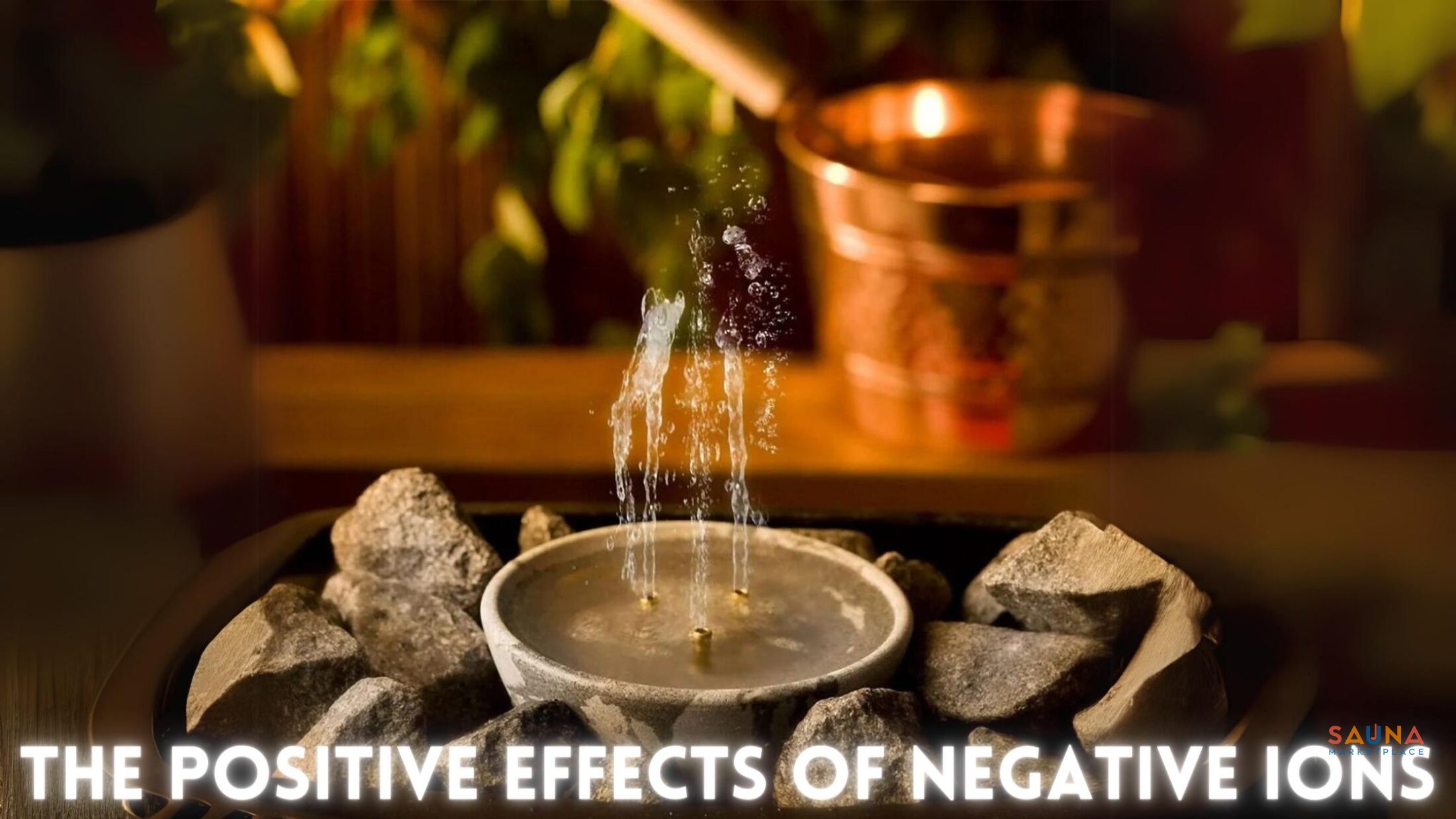
The therapeutic and relaxing benefits of sauna bathing have been recognized for centuries. Recently, some researchers have started exploring and understanding the impact of negative ions in sauna environments. Negative ions, naturally abundant in certain outdoor environments like forests and waterfalls, are believed to have various health benefits.
But do negative ions occur in saunas, and if so do they provide any benefits at all? If you’re sold on negative ions (and we think you should be), we’ll show you three ways to introduce more negative ions, including a sauna heater with Himalayan salt!), into your sauna – but let’s dig into what’s the truth about negative ions.
TLDR (Too Long Didn’t Read Summary)
Studies show Negative Ions studies are mixed with promising results for improving mood and depression. Negative Ions generated by water like in a sauna are more beneficial and longer-lasting than electric ionizers.
Negative Ions enhance the overall benefits of a sauna by increasing sweat, heart rate, and body temps.
Negative ions can be introduced to a sauna from splashing water on the rocks or using a defuser or sauna fountain. They may also be introduced with integrated Himilayan Salt Panels or a Saunum heater (available on Sauna Marketplace).
Deep Dive – What’s The Truth about Negative Ions?
Ions surround us whenever atoms and molecules have a net negative or positive charge. The charge changes when the atom or molecule gains or loses electrons.
In the environment of a sauna, when water interacts with heated stones, a concentration of negative ions is created. These ions are distinct from regular atoms and molecules due to their excess electrons, enhance the sauna experience by producing a calming atmosphere, similar to the invigorating freshness experienced during a home shower.
Some say this results in a natural and healthy environment conducive to relaxation and detoxification. And there might be something to it. Studying negative ions in the sauna is truly an incredible intersection of physics, chemistry, biology, and psychology. Disciplinary research is needed but what we know explains a lot.
And spending some time in a sauna environment with negative ions can make a big difference.
Incredibly, the ratio of positive or negative ions around us has been shown in multiple studies to have physical and emotional effects, and even decrease depression. There are over 50 studies dating back almost 100 years that show negative ions can have a positive impact on your mood.
Through rapid evaporation, traditional saunas with rocks, high temperatures, and steam (ie. NOT infrared saunas) naturally create an environment of negative ions that have similarly been shown to boost the physical and mental effects of sauna bathing.
What role do negative ions play in the sauna, and is it possible that some of the health benefits of sauna use come from exposure to negative ions?
Negative Ions Effects on Mood
The psychological effects of ions have been reported and studied for over 90 years.
Researchers at BMC Psychiatry analyzed 33 studies and concluded negative ions were strongly associated with lower depression ratings.
It’s widely believed that the negative ion environment that naturally occurs near waterfalls and hot-spring areas contributes to the feeling “of refreshment that people experience.”
To capitalize on the research and trend, negative ions are now marketed in everything from home air purifiers, hair straighteners, light bulbs, and hair dryer attachments.
The problem with negative ion air purifiers is they often have a harmful biporduct of ozone. When tested in the laboratory, the ozone levels can reach harmful levels, as shown in the video below:
It’s usually overlooked that traditional (wet) saunas create a rich environment of negative ions without creating ozone. The refreshing experience of negative ions in nature is remarkably similar to what people experience in the sauna known as Löyly.
Effects of Negative Ions in Sauna
“Implacable dry heat interrupted by waves of löyly is the essence of sauna” — Michael Nordskog, The Opposite of Cold
(buy here)
Löyly is the heat and feeling derived from dropping water on hot sauna stones in a traditional Finnish sauna.
Löyly coincides with the highest number of negative ions in the sauna. The feeling of rejuvenation that is associated with negative ions at waterfalls creates a similar mental state.
This could explain why many Finns insist that wood-burning saunas are superior to electric saunas. The temperature difference between the rocks and air is far greater in wood-burning saunas, and thus they create far more negative ions.
In addition, sauna builders will tell you that ventilation is vital to good loyly and a proper sauna. Researchers looking at the relationship between negative ions and saunas have confirmed that inadequate ventilation in modern saunas creates a buildup of positive ions (the ones we don’t want).
“Scientists have found that if the air is not charged with enough negative ions and there are too many positive ones, humans become exhausted, anxious, and tense.” The oversupply of positive ions is a condition in cities associated with smog.
Always ensure proper sauna ventilation and consider a Saunum Air or Saunum Air Solo to circulate the heat, negative ions, and oxygen.
Evidence from Research
- Enhanced Physical Effects: A study by Watanabe et al. (1997) found that negative air ions in a wet sauna can amplify the sauna’s effects on humans. Participants in this study experienced higher surface temperatures and increased pulse rates and sweat production in the sauna with negative ions compared to the sauna without ions (Watanabe et al., 1997).
- Improved Cardiovascular and Endothelial Function: Research suggests that sauna therapy, including the presence of negative ions, can improve hemodynamic parameters and endothelial function. This is particularly beneficial for patients with lifestyle-related diseases like hypertension and diabetes (Biro et al., 2003); (Imamura et al., 2001).
- Potential Respiratory System Benefits: Palti et al. (1966) discovered that negative ions could have beneficial effects on the respiratory system, particularly in children suffering from asthmatic conditions (Palti et al., 1966).
- Absence of Harmful Effects: Studies have indicated that prolonged exposure to negative ions does not have adverse health effects. This reinforces the safety of negative ions in sauna environments (Sulman et al., 1978).
Conclusion
The presence of negative ions in saunas appears to enhance the physical effects of sauna bathing, improve cardiovascular and endothelial function, benefit the respiratory system, and do so without introducing harmful effects. These findings support the idea that incorporating negative ion technology in sauna environments could amplify their health benefits.
How To Maximize The Negative Ions in Your Sauna
Negative Ions can occur in any traditional sauna where water is thrown on the rocks. You don’t need to add himalayan salt, but the easiest way to add it and release negative ions in a sauna is with a Saunum Heater.
You can also book a planning session with a Sauna Marketplace representative to spec a custom Himalayan Salt wall in your sauna space.
Another fun option is the Harvia Autodose. Autodose releases tiny particles of water onto the stones that release steam in a novel way. We think getting that dialed in will go a long way to automatically introducing negative ions to a sauna space.
Our favorite way to add the perfect mild steam and give the sauna a perfect negative ion atmosphere is with Hukka products, as shown here:
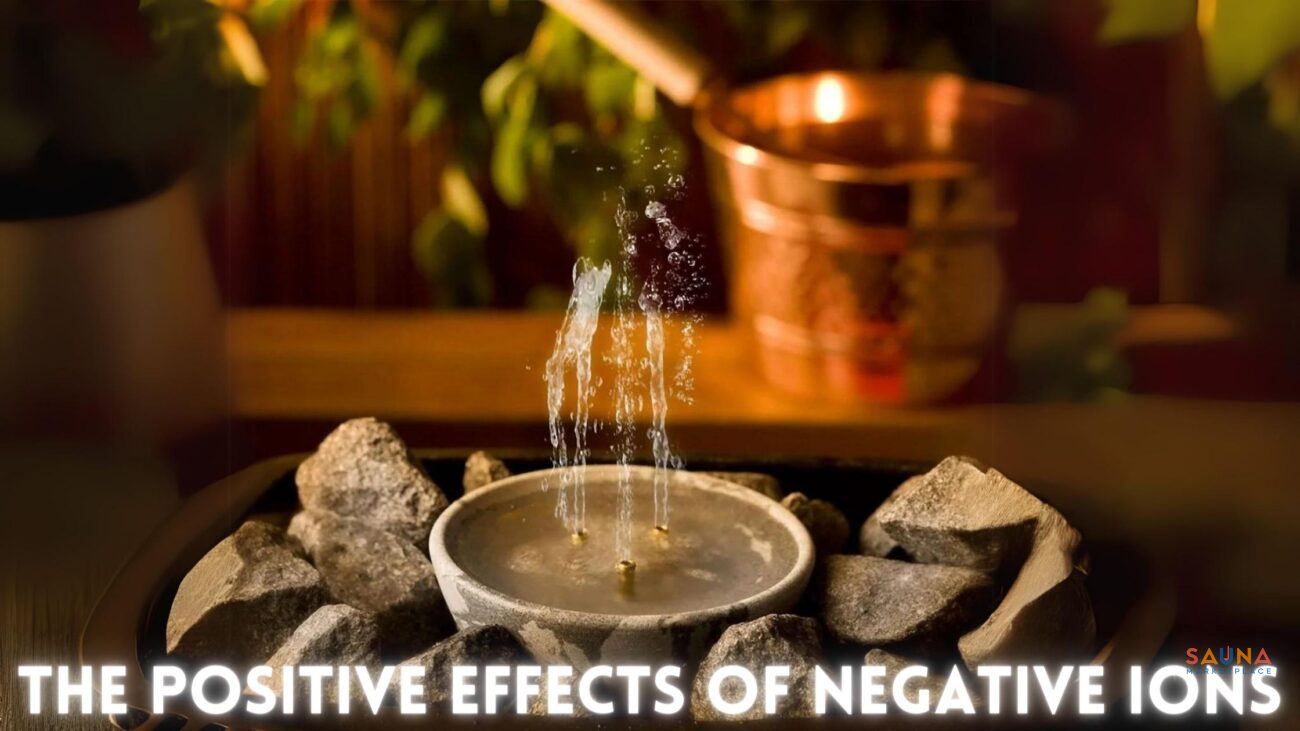
There are many to choose from! Check out all HUKKA defusers and water fountains here (sauna game changer).


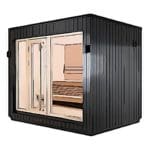 Prebuilt
Prebuilt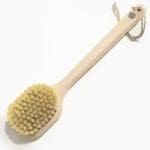 Sauna Brushes
Sauna Brushes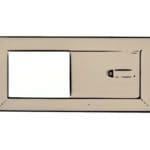 Vents
Vents